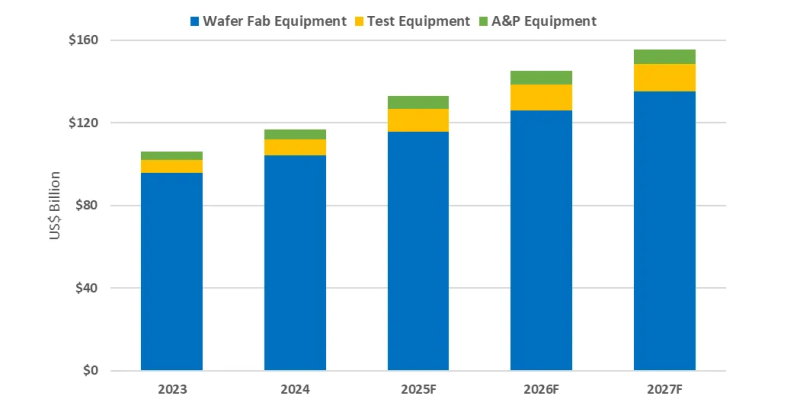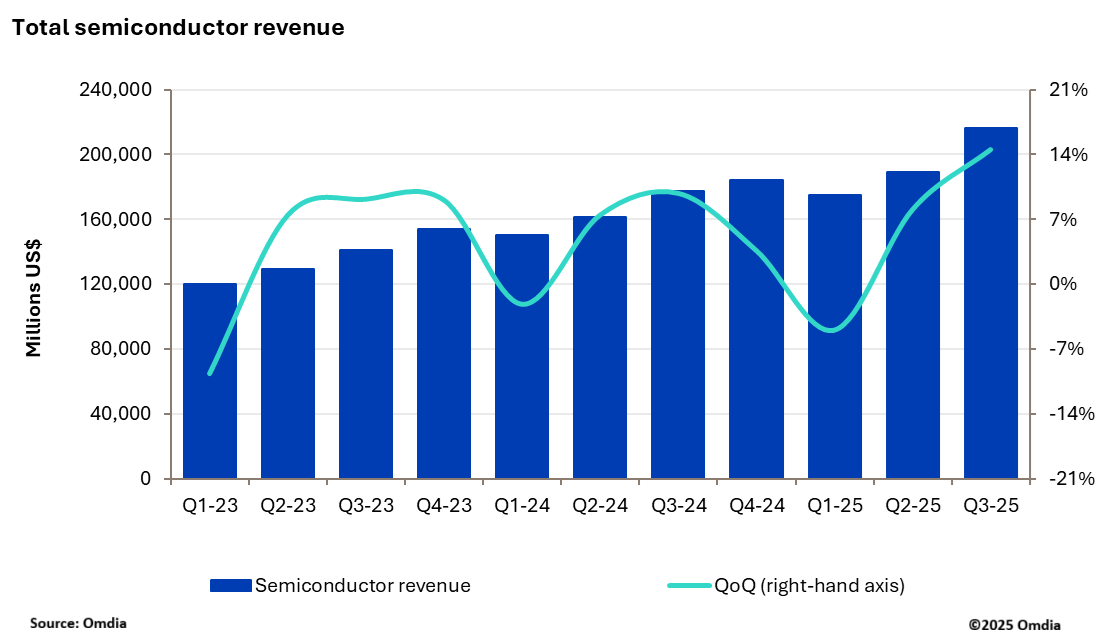“Distributed aperture radar offers a path to enhance the resolution of radar systems while eliminating the need for thousands of antenna channels,” according to NXP. “It coherently fuses information from multiple radar sensors on a vehicle to create a larger effective antenna. The technology enables angular resolution below 0.5°, offering lidar-like performance for precise mapping of the environment – conventional radar sensors operate between 2 and 4°.”
The start-up is Zendar
“Distributed aperture radar technology is fundamentally early fusion from distributed radar modules,” said Zendar CEO and founder Vinayak Nagpal. “The lidar-like performance is a breakthrough for next-generation ADAS.”
Both cameras and lidar can be fooled by rain, fog and dusty conditions. Radar is immune to these, is less expensive, but has far lower resolution that might not reveal the shape of objects.
Zender concept combines the outputs of multiple inexpensive radar front-ends in a central computer, and claims that is can achieve 10x resolution compared with conventional radar, and it is able to “provide high fidelity information, enabling higher levels of autonomy and ADAS under all weather conditions.”
In the NXP case, the software will be implemented on NXP’s SAF8x ICs that combine multiple RF channels with microcontroller cores and specialist radar processing accelerators, and its S32R radar processors.
The combined ICs and software is being offered to vehicle OEMs and Tier 1 suppliers. “Application development can start immediately, and the launch is expected to be scheduled for next-generation OEM platforms,” said NXP.
Stay up to date with the latest in industry offers by subscribing us. Our newsletter is your key to receiving expert tips.

Worldwide semiconductor equipment sales are projected to grow 13.7 percent in 2025, reaching a record 133 billion dollars, Semi announced at Semicon Japan. This momentum is expected to continue throug

The smartphone industry is facing considerable cost challenges in 2026 amid ongoing memory supply shortages and rising prices. This situation is expected to lead to a 1.6% decrease in annual shipments

New research from Omdia shows that the semiconductor market delivered a record breaking performance in 3Q25 with industry revenue reaching $216.3bn, up 14.5% quarter-over-quarter (QoQ). This marks the